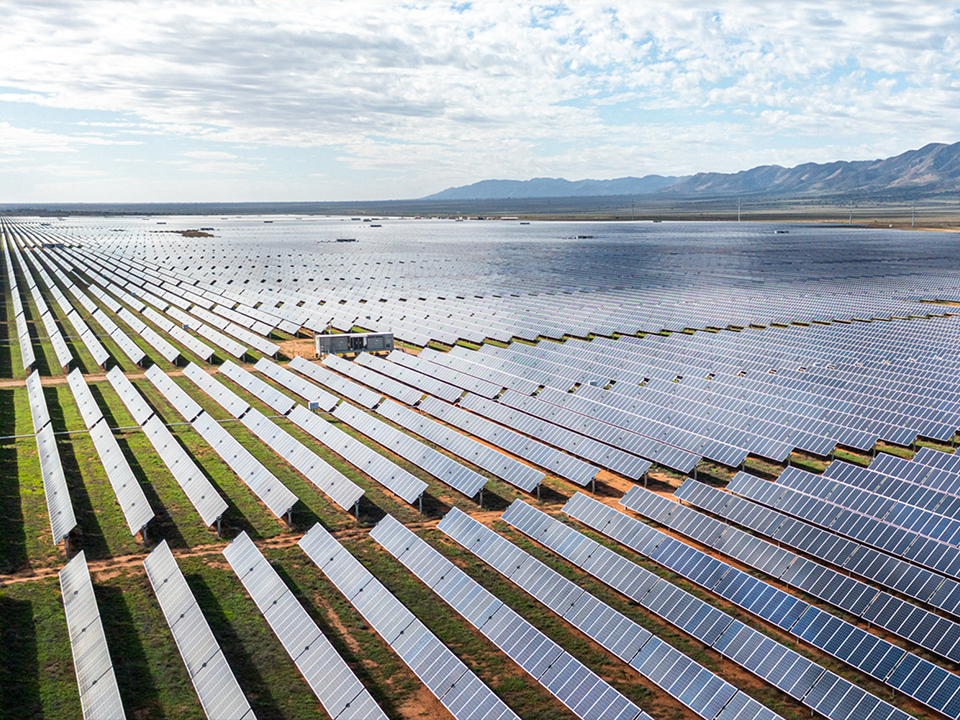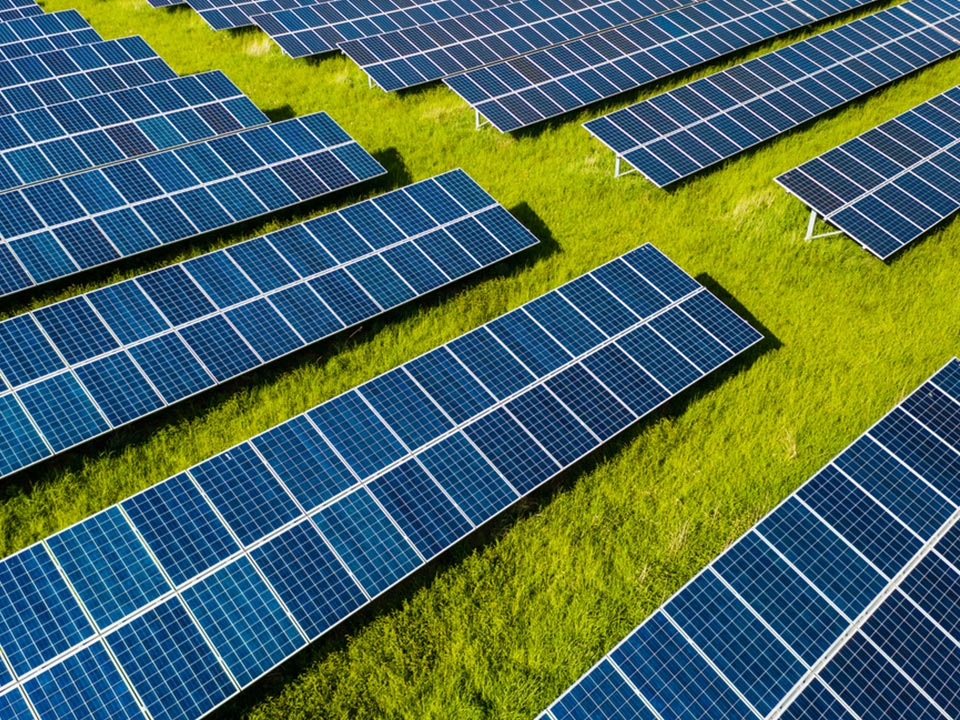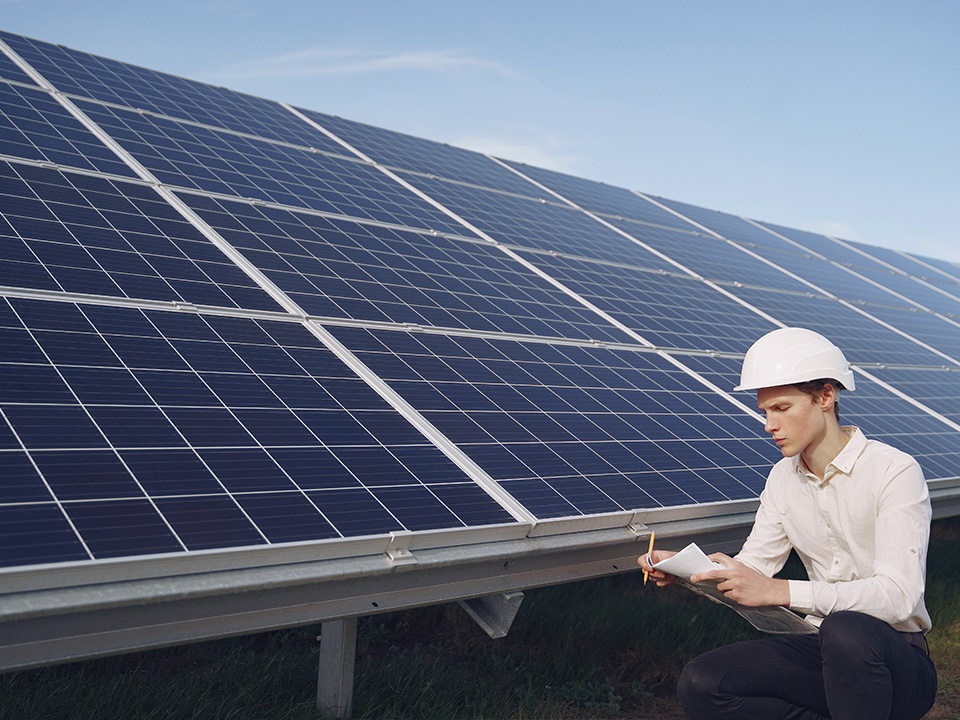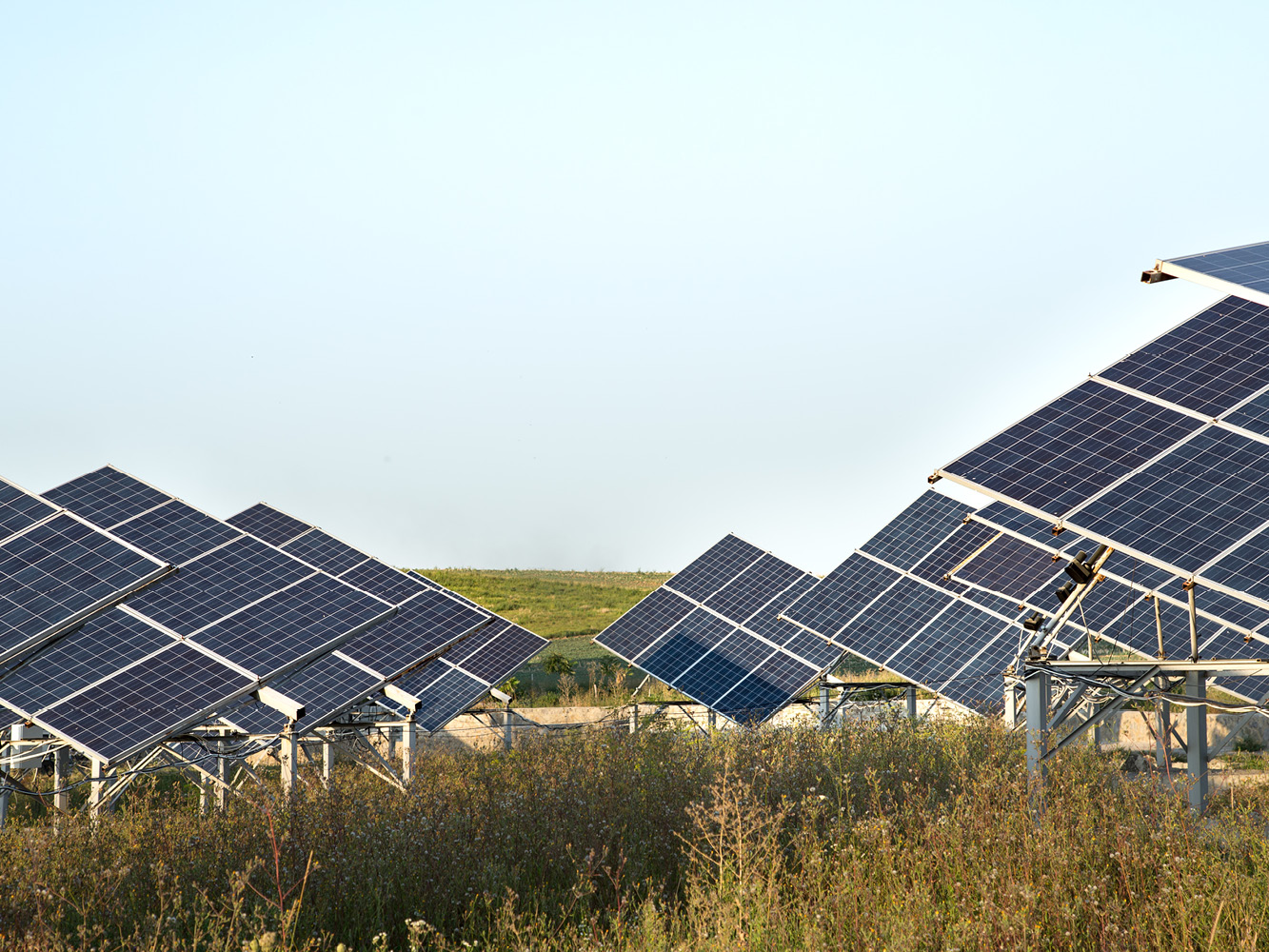
The Emilia-Romagna Regional Council defines criteria for the location of photovoltaic installations The declared aim is to guide investors and protect the agricultural land, the landscape and the environment. Now the resolution goes to the examination of the Legislative Assembly.
Renewable, with zero emissions and a lot of savings, both energy and economic, the Emilia-Romagna Region is increasingly focusing on photovoltaics and the Council proposes for the consideration of the Legislative Assembly a specific act on the subject. Objective: the updating of the criteria that guide subjects, both public and private, in the proper location of installations, while protecting cultivated land, the landscape and the surrounding environment.
All this in the light of the most recent state legislation which, with the aim of promoting a wider and faster development of these energy production systems, has expanded the cases of suitable areas, creating, however, interpretative doubts due to the numerous layers of legislation introduced. Hence the need for a clarifying and guiding intervention by the Region, requested by the operators themselves.
The objective is to harmonize the criteria for the location of photovoltaic systems, defined by state regulations, with the characteristics of the places and, in particular, with the environmental, landscape and certified crops protections to be safeguarded. The need to promote a greater development of these plants in the territory of Emilia-Romagna remains firm: the purpose of regional policies, in this field, is the containment of emissions and the r eduction of energy needs, to allow a real ecological transition of the entire production system.
At the same time, increasing photovoltaics will counteract and reduce the impact of energy costs on businesses and workers. The goal, in short: to give impetus to the development of installations while maintaining the protection of agriculture and landscape.
The text of the Giunta establishes that, where the areas are affected by certified crops, only agrivoltaic systems are allowed, while in abandoned or recovered quarries photovoltaic systems can be installed provided that any possibly interfering ecological corridors are safeguarded.


